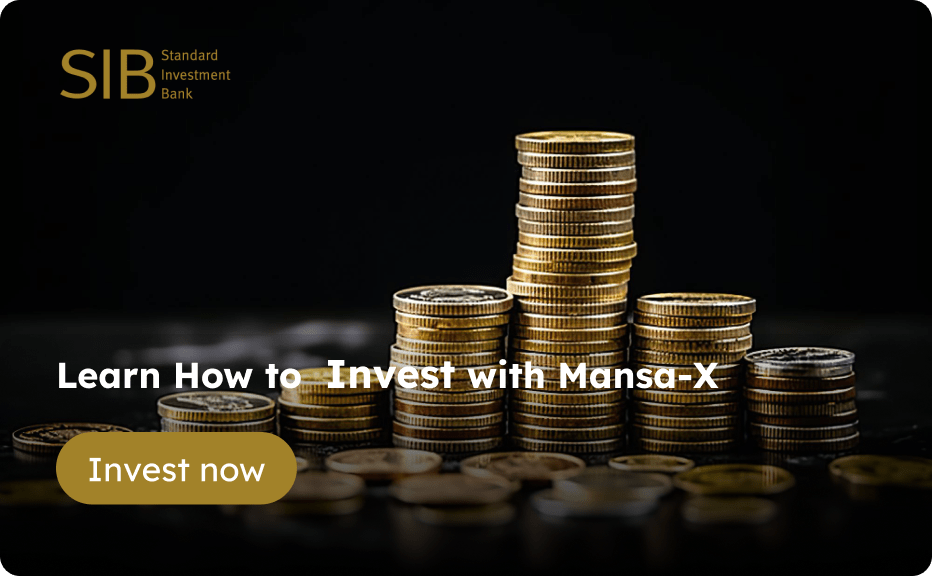For many investors, especially those just starting out, making high returns is a top priority. However, with limited capital, you cannot simply invest in everything; you must pick according to what you can afford. Is there a way to design your investment strategy to ensure that you earn as much as possible from your current capital? Let’s explore a few strategies below:
1. Invest in the same currency as your receivables
Say you encounter two versions of the same fund; one denominated in Kenya shillings and the other denominated in a different currency, for example, the US dollar or the British pound. Will investing in the foreign-currency-denominated fund automatically mean higher returns for you? Not necessarily.
If most of your income is received in the same currency as the fund is based, then you stand to make the highest returns from it. For example, if you earn in USD, then it makes sense to invest in a USD-denominated fund. However, if you have to convert your capital to a different currency in order to invest, then you expose yourself to currency exchange risk, which may lower your capital and any returns you stand to earn.
2. Leave the investment untouched for as long as possible
The greatest tool for an investor, particularly one with limited capital, is time. The longer you leave your funds untouched, the more you will earn, thanks to compound interest. Furthermore, not accessing your investment may help you avoid charges, e.g. withdrawal and transaction fees. If you can, find other income to live on and leave your investment intact until you are ready to liquidate it.
3. Consider taxes & investment fees
It is easy to be lured by a shiny, high rate of return when choosing an investment product. However, a discerning investor will look at the net amount he or she will take home after all fees have been deducted. Different investments have different tax liabilities, which will obviously affect your bottom line. It is therefore crucial to understand and factor in the tax implications of any investments you are considering.
Prefer investments that attract lower taxes or those that come with tax breaks. Similarly, consider management fees and others, such as processing charges, penalties, etc. and how they apply to your investment.
4. Consolidate related investments
As a general rule, spreading out your investments across multiple asset classes will minimize risk. However, if your investments are too fractured, you will not be earning as much as you could. For example, you will earn less if you split your capital between two distinct MMFs than if you invested in the one with the higher return and lower fees.
Consolidating investments that fall within the same category will ensure you are squeezing the most returns from your capital. To minimize risk, divide your capital between two or three unrelated investments and prefer funds that are already diversified.
In conclusion, you don’t need unlimited capital to have high-yielding investments. All you need to do is invest your existing capital strategically to ensure it earns you as much as possible. For help managing your portfolio to maximize your returns, email clientservices@sib.shupav.co.ke.




